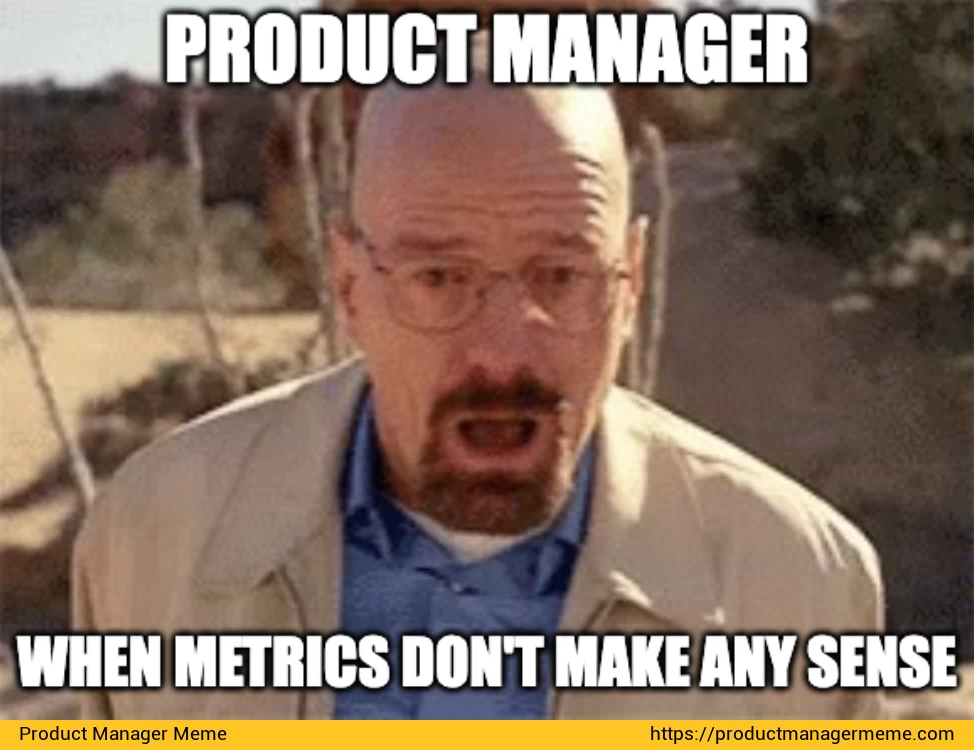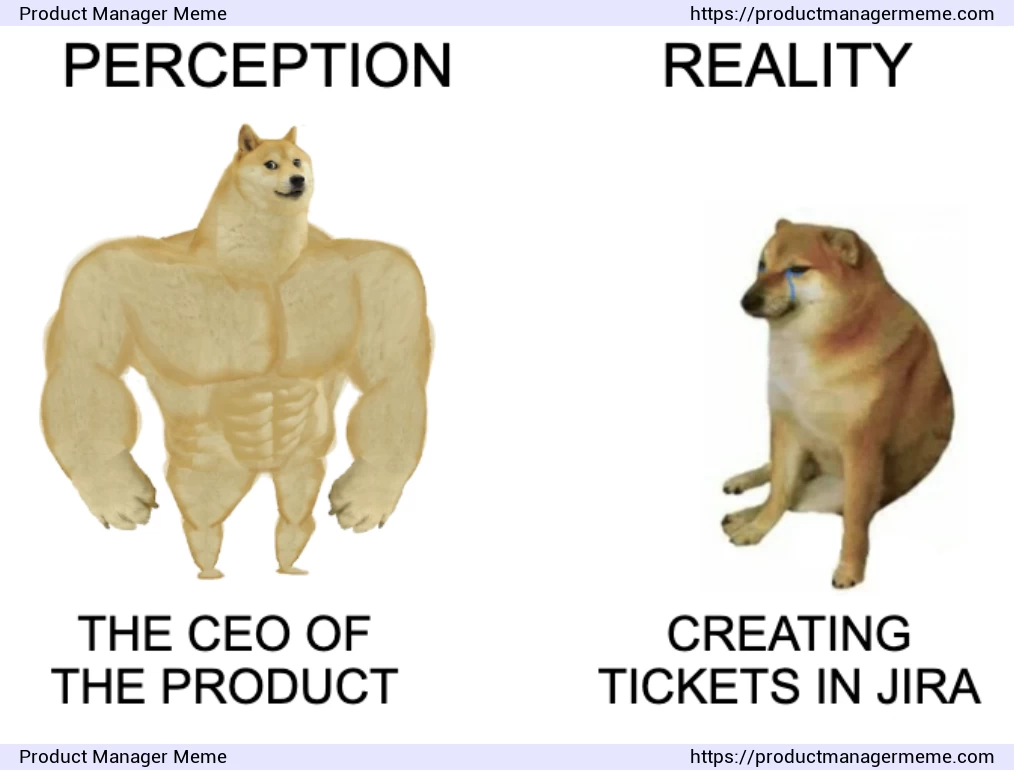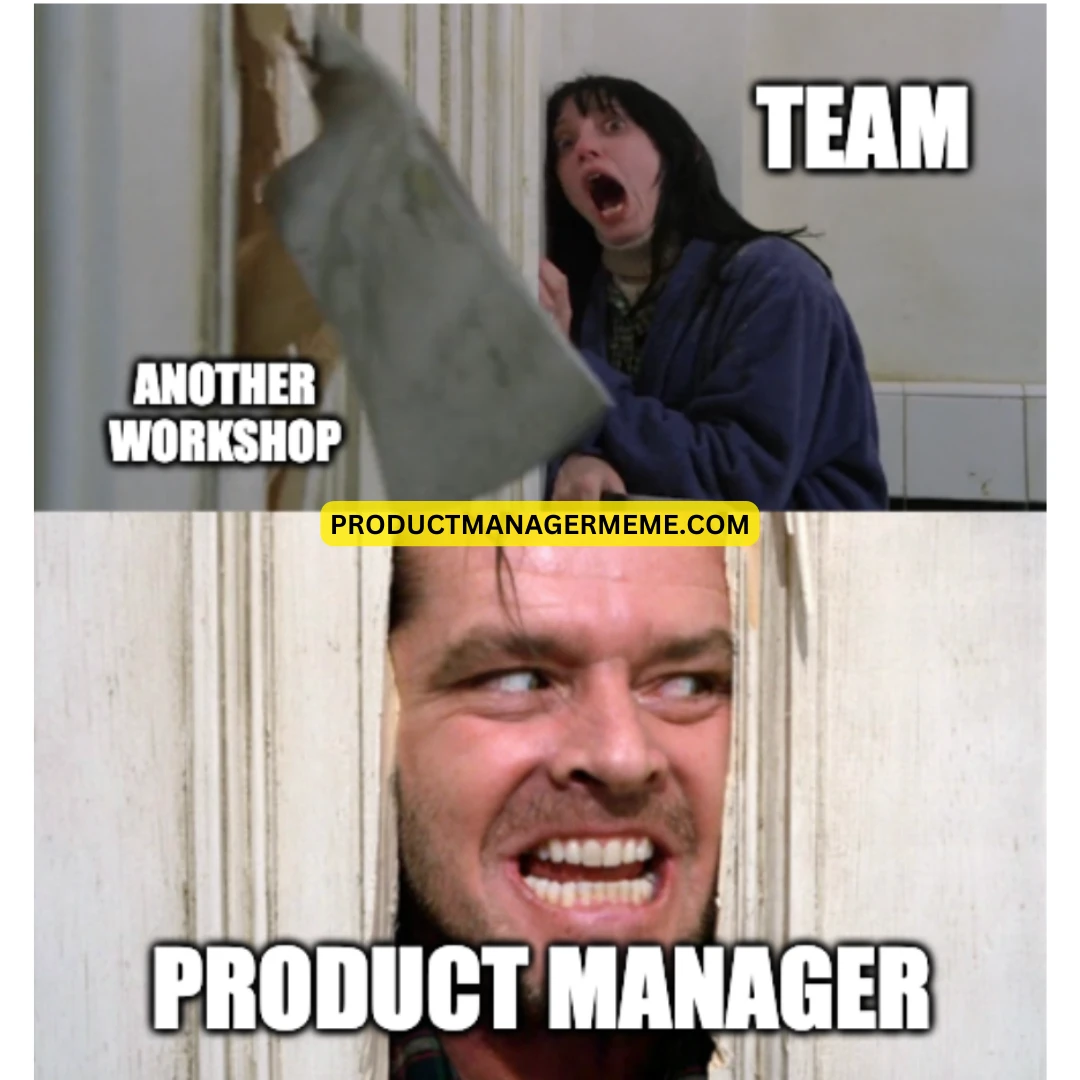Product Manager When Metrics Don't Make Any Sense

We've all been there.
In the world of product management, numbers often play a big role in guiding our decisions. We look at metrics like user engagement, conversion rates, and revenue to understand how well our product is doing. But what happens when these numbers don't make sense? How do we navigate the uncertain waters of ambiguous metrics? The answer lies in embracing ambiguity and developing a mindset that allows us to thrive even when the metrics aren't crystal clear.
Imagine this: you're checking your product's metrics dashboard, and you notice something odd. The user engagement seems to have dropped, but the revenue has increased. These conflicting signals can leave you scratching your head. It's important to understand that metrics are not always straightforward. They can be influenced by various factors, and sometimes, they might not tell the whole story.
When faced with unclear metrics, our first instinct might be to force clarity. We might try to manipulate the data or find explanations that fit our preconceived notions. While this approach might provide temporary relief, it doesn't serve our long-term goals. It's like putting a band-aid on a problem without addressing the root cause.
Instead of fearing ambiguity, we should learn to embrace it. Here's how you can develop a mindset that helps you thrive when metrics are confusing:
1. Curiosity over Certainty: Rather than seeking immediate certainty, cultivate curiosity. Treat ambiguous metrics as puzzles that require exploration. Ask questions like, "What could be causing this unexpected trend?" or "Are there external factors influencing the metrics?"
2. Qualitative Insights: Metrics often lack the human touch. Incorporate qualitative insights through user feedback, surveys, and interviews. These can provide context and help explain unusual data patterns.
3. Focus on Patterns: While individual data points might be perplexing, look for patterns over time. Trends and patterns can reveal more about the situation than isolated data points.
4. Flexibility in Strategy: An ambiguity-embracing mindset allows you to pivot your strategy if needed. If metrics are pointing in multiple directions, be ready to adjust your course based on new information.
5. Collaborative Approach: Engage with your team, especially data analysts and customer-facing teams. Collaborative discussions can uncover hidden insights and shed light on the ambiguity.
6. Experimentation: Ambiguous metrics provide an opportunity to experiment. Test different hypotheses and observe how they impact the metrics. This trial-and-error approach can lead to unexpected discoveries.
7. Learning and Growth: Embracing ambiguity is a journey of continuous learning. Every encounter with unclear metrics contributes to your experience and equips you with a better understanding of complex situations.
In a world where data is abundant but clarity isn't always guaranteed, embracing ambiguity becomes a superpower for product managers. By fostering curiosity, incorporating qualitative insights, and remaining flexible, you can develop a mindset that not only helps you navigate through confusing metrics but also turns these challenges into opportunities for growth. Remember, ambiguity is not your enemy—it's a stepping stone on your path to becoming a more resilient and insightful product manager.



















